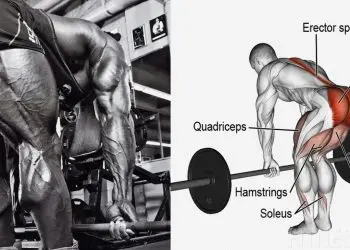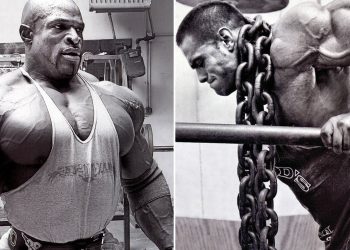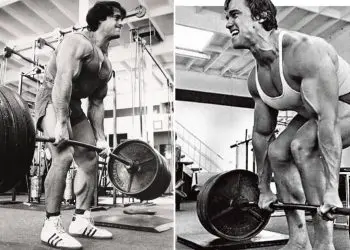Many considerations must be made when designing an effective training program. The aim of this mini series is to help you with some of the details that may be lacking in your own program. The goal of a well-rounded program is to improve performance by developing the appropriate energy sources, increasing muscular structures, and improving neuro-muscular skill patterns. Along the way you also must be able to evaluate your training program to determine the adequacy in maintaining your health, as well as preventing injury.
Your biological systems can adapt to loads that are higher than the demands of normal daily activity. Training loads must be increased gradually in order to allow the body to adapt and to avoid injury, which is a muscular system failure due to overloading. Varying the style, volume, and intensity of the training load allows your body an opportunity to recover, and to over-compensate, meaning grow stronger. The load must continue to increase incrementally as adaptation occurs, otherwise the training effect will plateau and further improvement will not occur.
Adaptations to the demands of training occur gradually over extended periods of time. Efforts to accelerate the process may lead to injury, illness, or overtraining – which will likely lead to both. Many of the adaptive changes that occur due to the continuously increased training load will reverse when training stops. Also true is that an inadequate training load will not provide an adequate stimulus, and an adaptive response will not occur.
The facts are that when it comes to the body is, energy pathways, enzyme systems, muscle fiber types, and neuro-muscular responses adapt specifically to the type of training to which they are subjected to. For example, strength training has little effect on endurance. The same applies to endurance training, which activates aerobic pathways, with little effect on speed or strength. All things considered, a well-rounded training programme should contain several of the elements like aerobic, anaerobic, speed, strength, and flexibility, as well as involve all of the major muscle groups in order to prevent imbalances and avoid future injuries.
A regular training stimulus is necessary in order for adaptation to occur and to be maintained. Without adequate and repeated bouts of training, fitness levels remain low or may even return to their pre-training levels.
Muscle groups adapt to a specific training stimulus usually in about three weeks and, then will plateau. Variations in training and periods of recovery are needed to continue progressive loading, without the risks of injury and overtraining. Training sessions can alternate between heavy, light, and moderate in order to permit recovery. The content of training programmes must also vary in order to prevent boredom and mental fatigue. Anyone who has done the same program for a long period of time knows that when you become mentally tired of it, the drive to work hard dissipates.
Level Up Your Fitness: Join our 💪 strong community in Fitness Volt Newsletter. Get daily inspiration, expert-backed workouts, nutrition tips, the latest in strength sports, and the support you need to reach your goals. Subscribe for free!
Everyone will respond differently to the same training stimulus. There are many factors that alter the training response: genetics, maturity, nutrition, prior training, environment, sleep, rest, stress, illness or injury, and motivation, to name a few.
The training program ideally should consist of a variety of elements, including aerobic fitness, general strength, anaerobic fitness – strength and power, speed, neuro-muscular skill development, flexibility, and mental preparation. The emphasis placed upon each of these elements must vary during the training year, but will also depend on the individual goals, and level of experience.
The basic program should focus on general strength, and aerobic fitness. Training cycles usually last about 3 weeks, with a week of lower-intensity recovery before starting the next cycle. Skills, such as ladder work, or obstacle type training, should not be emphasised during a high-intensity training cycle, but should be saved for periods of lower volume and intensity.
Gains achieved during high-intensity training periods can be maintained with a lower level of work. By using periodization as a training method, some elements can be maintained with less work, while other elements are stressed.
For further reading on periodization: Periodization Part 1 Periodization Part 2
Happy Lifting!











